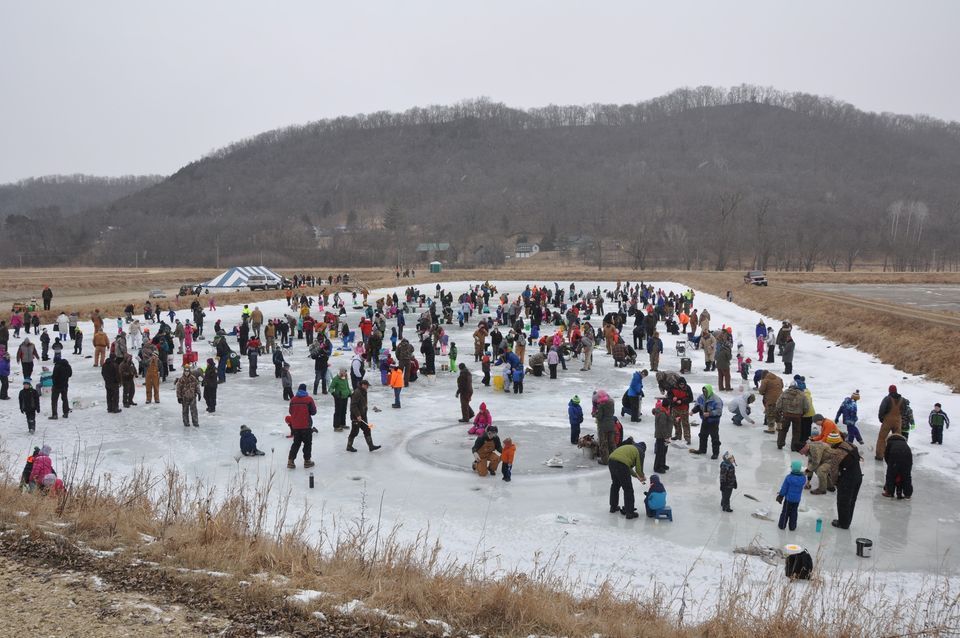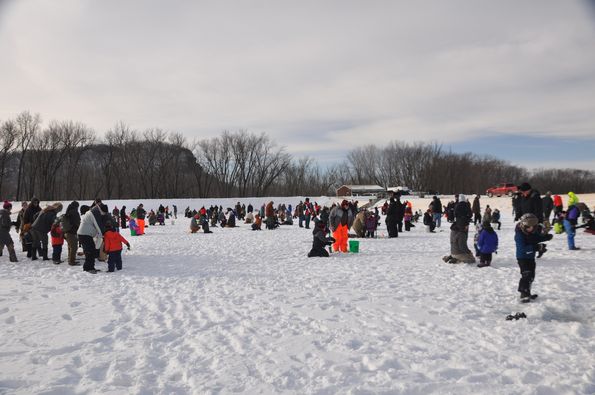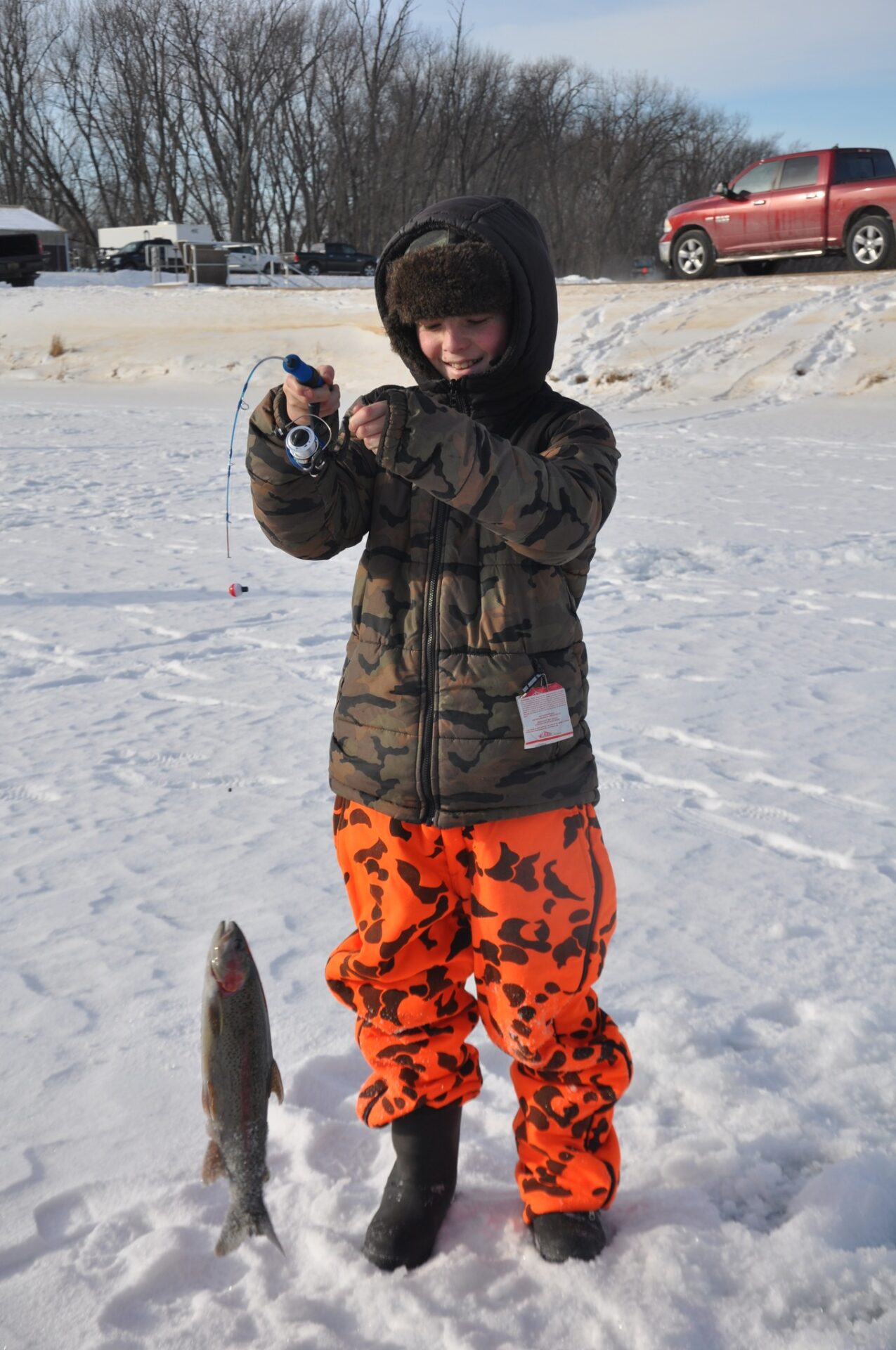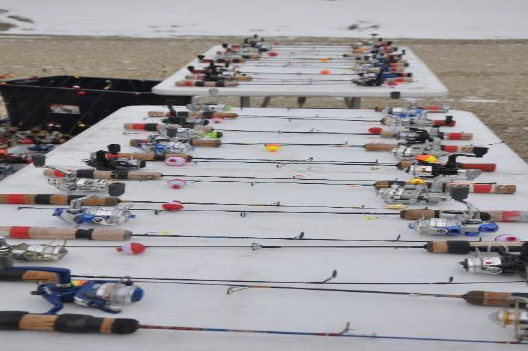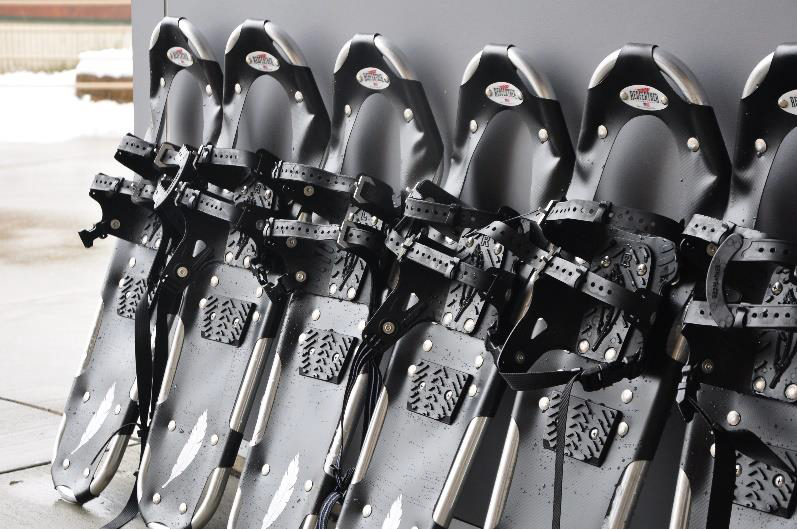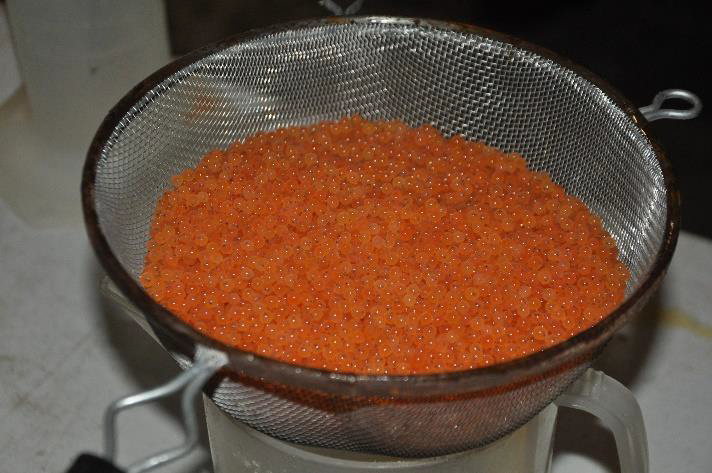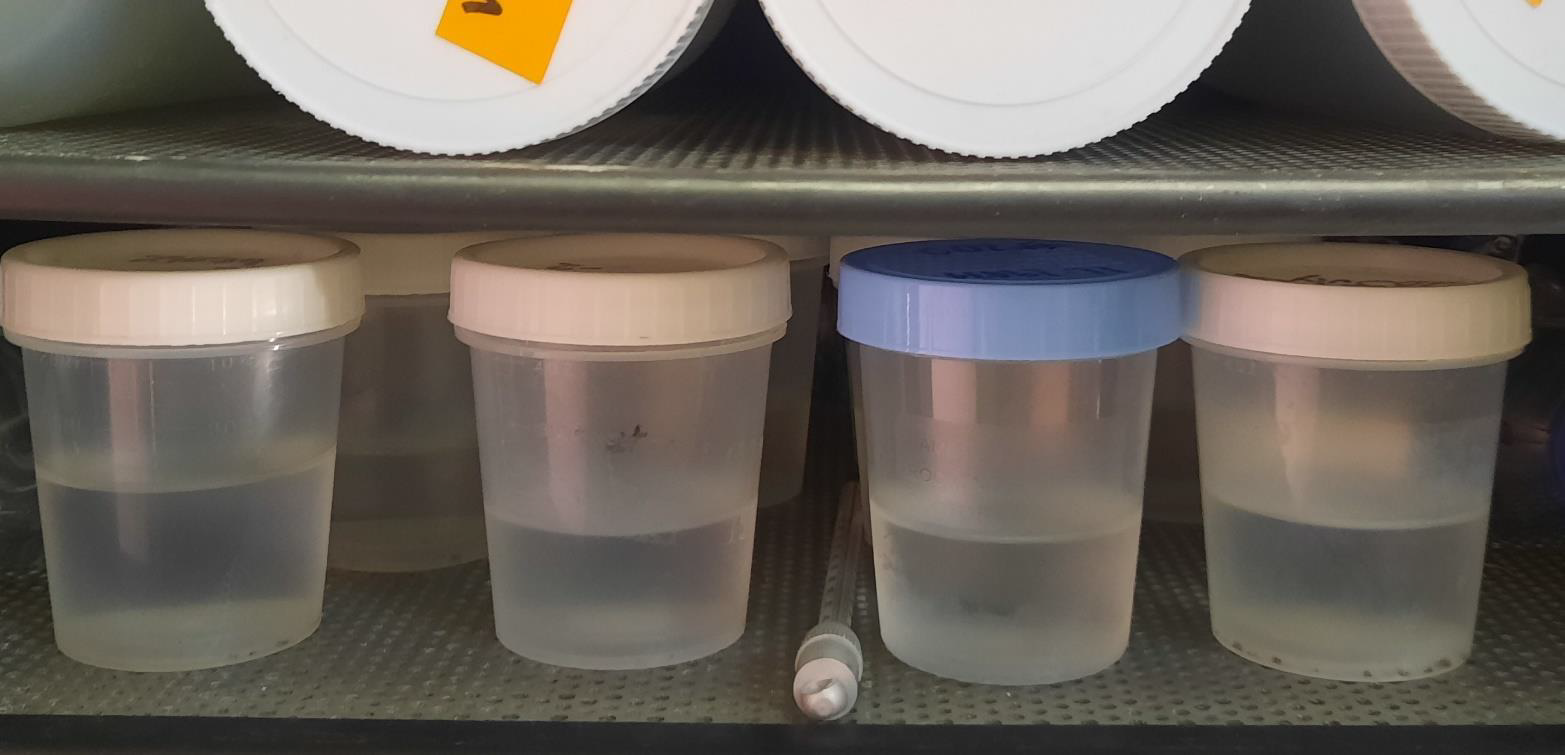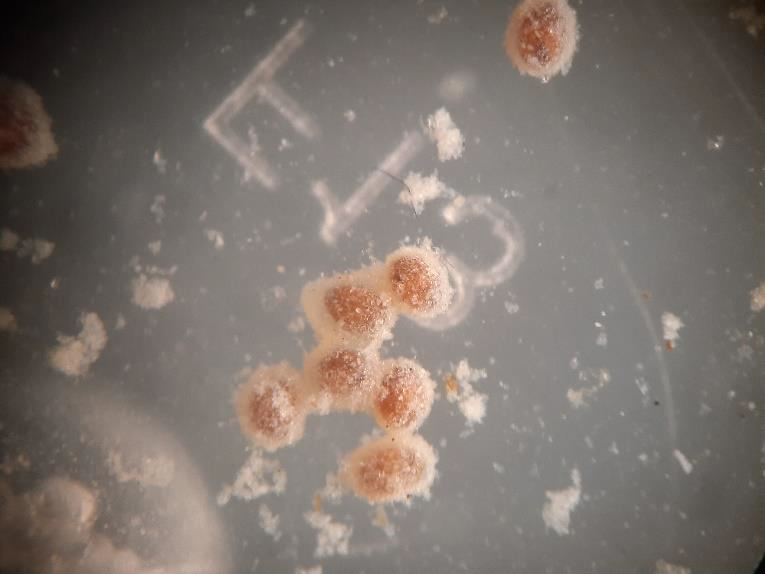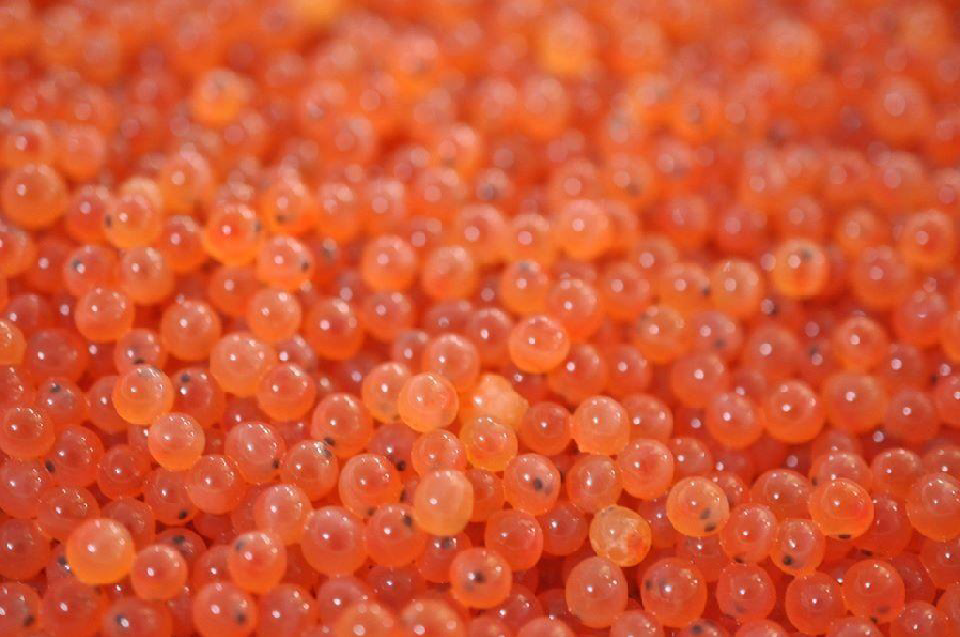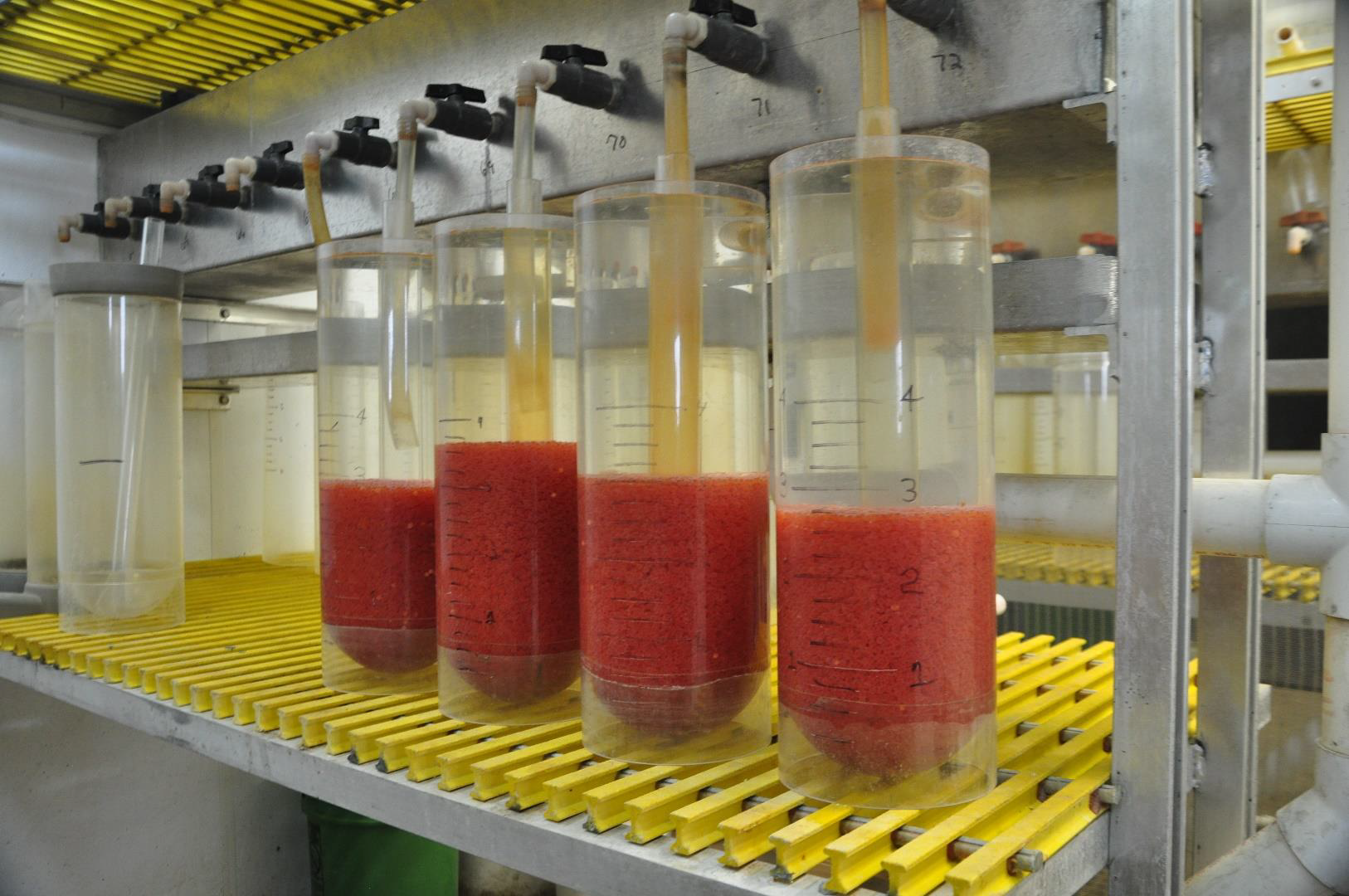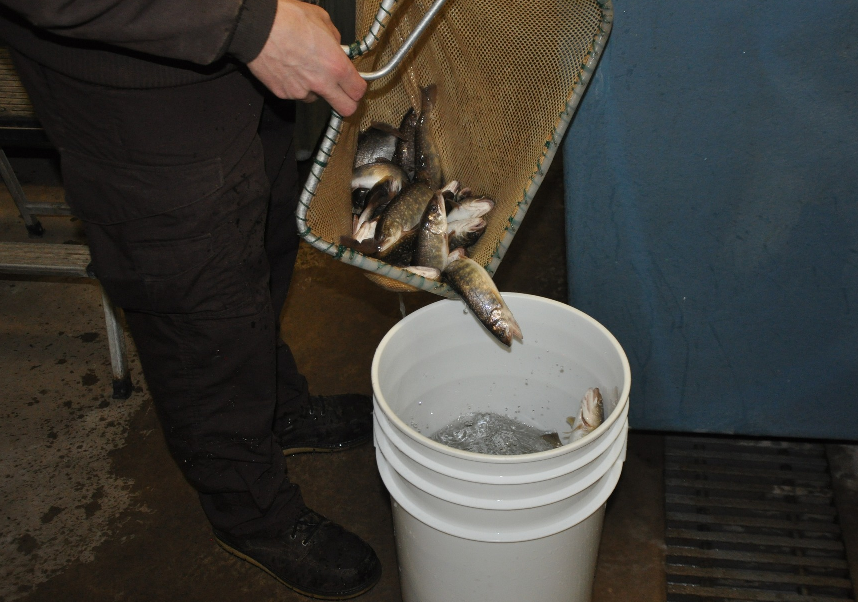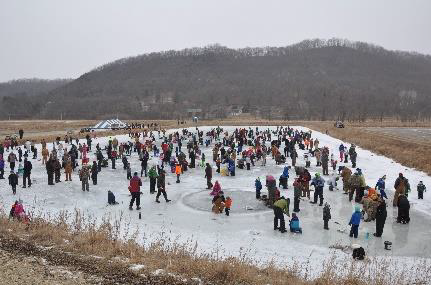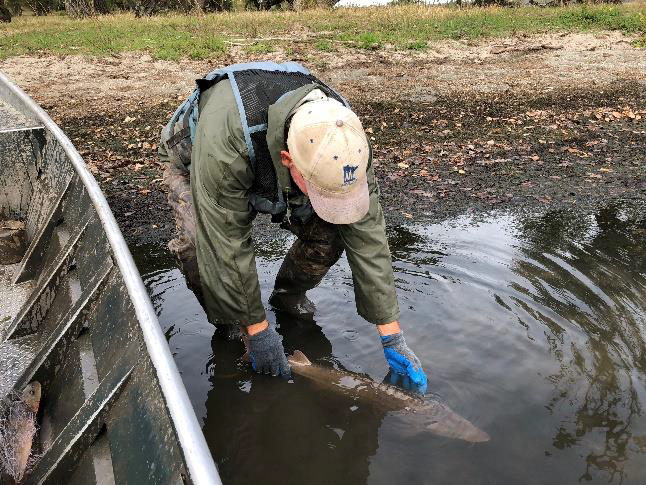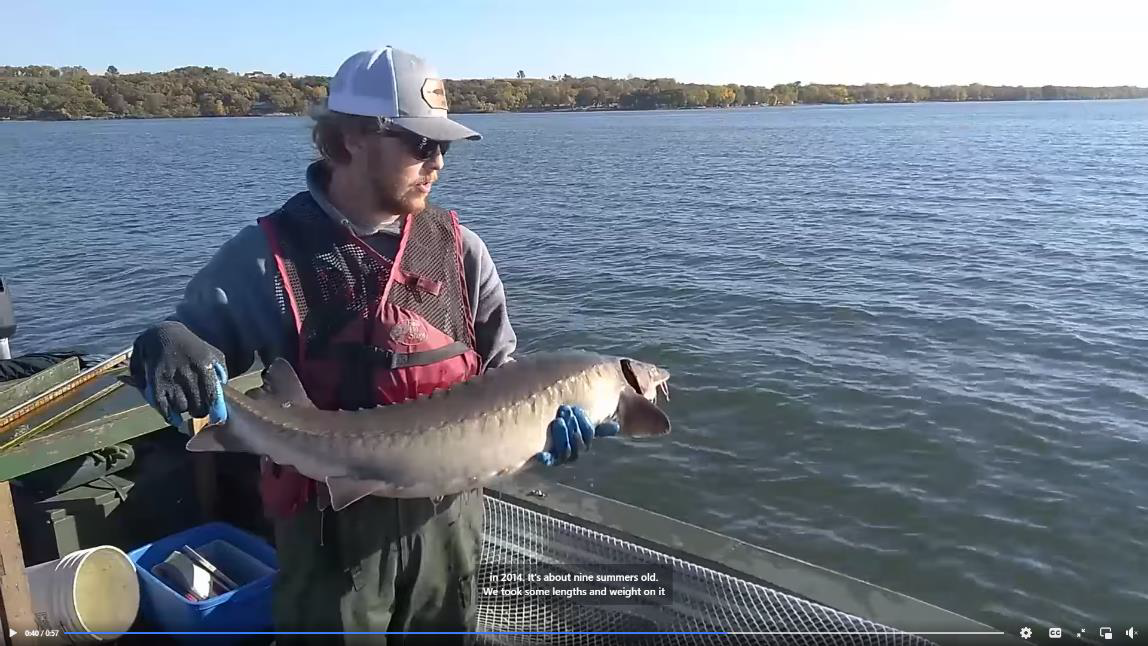SATURDAY, FEBRUARY 4, 2023
8:30 AM – 12 PM
Genoa National Fish Hatchery and Great River Road Interpretive Center
Join hatchery staff, the Midwest Fisheries Center, and Friends of the Upper Mississippi for our popular Kids Ice Fishing Day! This event is for children ages 5-12, accompanied by a parent or guardian. New this year, participants can try their hand at snowshoeing! Volunteers will be onsite to talk to folks about winter recreational opportunities and will have snowshoes for folks to try out.
Event schedule:
8:30 a.m. to 9:00 a.m. Registration, children must be registered to fish
9:00 a.m. to 9:15 a.m. Ice Safety and Ice Fishing Tips
9:15 a.m. to 12:00 p.m. Open Fishing for Kids
10:00 a.m. to 12:00 p.m. Snowshoe Demo
Fishing poles, bait, and tackle will be provided by the hatchery, Midwest Fisheries Center, and Friends of the Upper Mississippi. A warming tent will be onsite and a light lunch will be provided for participants, courtesy of Friends of the Upper Mississippi.
Due to limited space and biosecurity concerns, no outside ice fishing tents or bait will be permitted.
In order to provide ample time for kids to get equipment and catch their fish, children must be registered no later than 11:00 a.m.
This event is weather and ice condition dependent. We will announce the cancellation or postponement of the event here on the Facebook event page, broadcast it on 97.1 FM WCOW, and will post signs at the hatchery. This event will be held at the Genoa National Fish Hatchery, S5631 State Highway 35, Genoa, WI, on the east side of the highway at Pond 11. Traveling 3 miles south of Genoa, WI, drive past the office sign on the right and take a left by the rearing buildings on the east side of Highway 35. Follow the signs and please park in the designated areas.
SATURDAY, FEBRUARY 4, 2023 AT 8:30 AM – 12 PM
